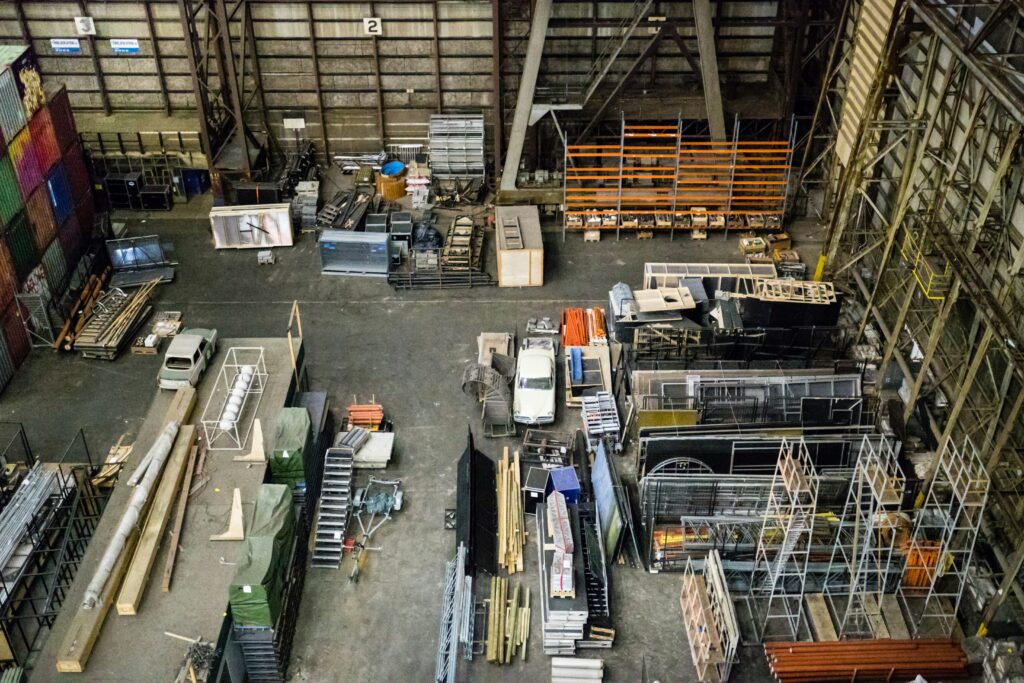The European Commission has approved a €3 billion ($3.21 billion) Swedish plan to cut emissions. It is the next step into net-zero emissions by 2045.
The funds will go towards the development of carbon capture and storage (CCS) technology. This permanently captures and stores CO2 emissions from biomass plants. The plants utilize waste materials to produce fuel, electricity, and heat. The European Commission aims to establish the technology as a viable tool in the fight against climate change. They hope it will boost investor confidence, reduce future costs, and foster the development of a CCS industry across the European Union, writes Reuters.
The EU has grappled with climate change in recent elections. It is likely plans like this will influence aid in other areas.
How it works
The aid will come through a competitive bidding process. The first auction is expected later this year. To qualify, companies must operate within Sweden and emit biogenic CO2 from organic sources. They must have projects capable of capturing and storing at least 50,000 tonnes of biogenic CO2 annually. Those selected will receive grants per tonne of biogenic CO2 permanently stored under 15-year contracts. The aid will be adjusted to account for potential project revenue. This could include income from voluntary carbon removal certificates and other public support.
The project will run until December 31, 2028. It is expected to contribute to Sweden’s target of reducing greenhouse gas emissions by 85% by 2045. This initiative aligns with the EU’s broader goal of achieving climate neutrality by 2050.
The Commission’s approval of the plan falls under EU State aid rules, specifically Article 107(3)(c) of the Treaty on the Functioning of the EU. This article allows member states to support certain economic activities under specific conditions. The Commission also considered the Guidelines on State Aid for Climate, Environmental Protection and Energy (CEEAG), which permit member states to subsidize measures that reduce or eliminate CO2 emissions.














